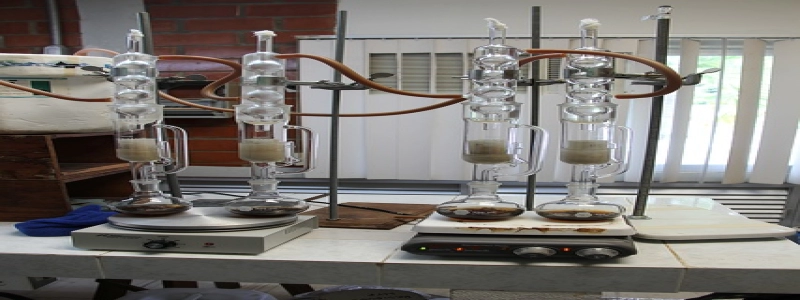I2C to Ethernet: Connecting Two Technologies for Enhanced Data Communication
การแนะนำ
The I2C (Inter-Integrated Circuit) protocol provides a simple and efficient way for electronic devices to communicate with each other. ในทางกลับกัน, Ethernet is a widely used technology for networking devices over a local area network (แลน). This article explores the concept of connecting I2C to Ethernet, enabling seamless data communication between devices using these two technologies.
ฉัน. Understanding I2C Protocol
1.1 What is I2C?
The I2C protocol is a low-speed, two-wire serial communication protocol developed by Philips Semiconductor (now NXP Semiconductors) in the 1980s. It allows multiple devices to be connected on the same bus, enabling them to exchange data.
1.2 How does I2C work?
I2C uses two wires – a data line (SDA) and a clock line (SCL). These lines are connected to all the devices on the bus. The master device initiates communication and generates the clock signal, while the slave devices respond to the master’s commands.
1.3 Advantages of I2C
– Simplicity: I2C protocol is easy to understand and implement.
– Efficiency: Multiple devices can share the same bus, reducing the number of connections.
– Flexibility: I2C supports various data transfer modes and speeds.
ครั้งที่สอง. Exploring Ethernet Technology
2.1 What is Ethernet?
Ethernet is a standard protocol that allows devices to connect and communicate over a LAN or the internet. It uses a packet-based technology for transmitting data.
2.2 How does Ethernet work?
Ethernet uses twisted-pair or fiber-optic cables to transmit data packets. These packets contain the source and destination addresses, ensuring proper delivery. Switches and routers are used to route packets to their intended destinations.
2.3 Advantages of Ethernet
– Speed: Ethernet offers high data transfer rates, ranging from 10 Mbps to 100 Gbps.
– Scalability: Ethernet networks can be easily expanded as more devices are added.
– ความเข้ากันได้: Ethernet is compatible with various operating systems and devices.
สาม. The Need for I2C to Ethernet Connection
3.1 Connecting I2C and Ethernet
While I2C is commonly used for communication between devices on a single board or within a short distance, it lacks the capability to communicate over longer distances. By connecting I2C to Ethernet, devices using I2C can now communicate over a LAN or Ethernet network.
3.2 Benefits of I2C to Ethernet Connection
– Extended Reach: I2C devices can communicate over longer distances, utilizing Ethernet’s capabilities.
– Network Integration: I2C devices can now be integrated into existing Ethernet networks, facilitating data exchange between different technologies.
– Centralized Control: With I2C to Ethernet connection, a central device can control and monitor multiple I2C devices over the network.
IV. Implementing I2C to Ethernet Connection
4.1 I2C to Ethernet Converters
To connect I2C devices to an Ethernet network, specialized hardware called I2C to Ethernet converters are used. These converters act as intermediaries between the I2C devices and the Ethernet network, translating I2C commands into Ethernet packets.
4.2 Configuring the I2C to Ethernet Converter
Once the I2C to Ethernet converter is connected to the I2C devices and the Ethernet network, it needs to be configured. This typically involves setting the IP address, subnet mask, and other network parameters.
4.3 Establishing Communication
After configuring the converter, the I2C devices can now establish communication over the Ethernet network. The master device can send commands to the slaves, and the slaves can respond accordingly.
บทสรุป
By connecting I2C to Ethernet, the limitations of the I2C protocol can be overcome, enabling devices to communicate over longer distances and integrate into existing Ethernet networks. This opens up new possibilities for various applications, where the combination of I2C’s simplicity and Ethernet’s scalability and speed can enhance data communication.








